Encyclopedia of Chart Patterns
$21.30
| Author(s) | |
|---|---|
| Pages |
1030 |
| Format |
|
| Publication Year |
2005 |
Encyclopedia of Chart Patterns, Covers the classic with new performance statistics for both bull and bear markets and 23 new patterns, including a second section devoted to ten event patterns. Bulkowski tells you how to trade the significant events — such as quarterly earnings announcements, retail sales, stock upgrades and downgrades — that shape todays trading and uses statistics to back up his approach.
Introduction:
At the back of the book is an Index of Chart Patterns. If you suspect your stock is making a chart pattern but do not know what to call it, the Index of Chart Patterns is the first place to look. Page numbers beside each pattern direct you to the associated chapter.
The chapters are arranged alphabetically in two sections; chart patterns and event patterns. Within each chapter, you are first greeted with a “Results Snapshot” of the major findings followed by a short discussion. Then, a “Tour” invites you to explore the chart pattern. “Identification Guidelines,” in both table form and in-depth discussion, make selecting and verifying your choices easier.
No work would be complete without an exploration of the mistakes, and the “Focus on Failures” section dissects the cause of failures. The all-important “Statistics” section follows. How do you trade a chart pattern? That is what the “Trading Tactics” and “Sample Trade” sections explore. The “For Best Performance” section includes a list of tips and observations on how to select better performing patterns.
If you have ever worked on a car or done some woodworking, then you will recognize the importance of selecting the right tool for the job. You would not want to use a flat-head screwdriver when a Phillips works better. Both do the job but they are hardly interchangeable.
Sometimes it is not a screwdriver you should be using, but a chisel. Selecting the proper tools and knowing how to use them is half the battle. Encyclopedia of Chart Patterns is a lot like that, helping to sort the wheat from the chaff. Sometimes a chart pattern is frightening enough that you will want to take profits. At other times, the best trade that you can make is none at all.
Encyclopedia of Chart Patterns By Thomas N. Bulkowski pdf
16 reviews for Encyclopedia of Chart Patterns
Clear filtersOnly logged in customers who have purchased this product may leave a review.

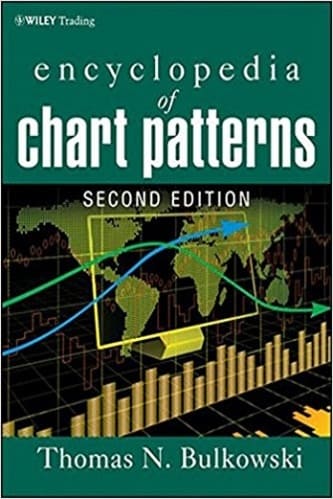
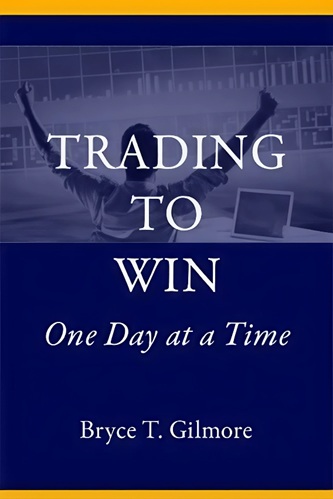
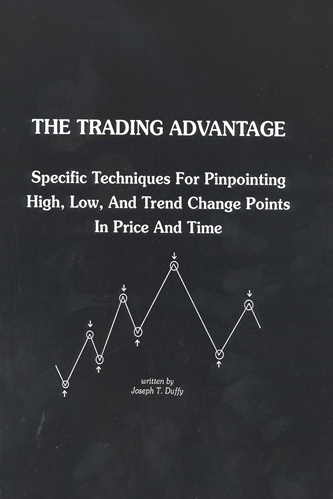
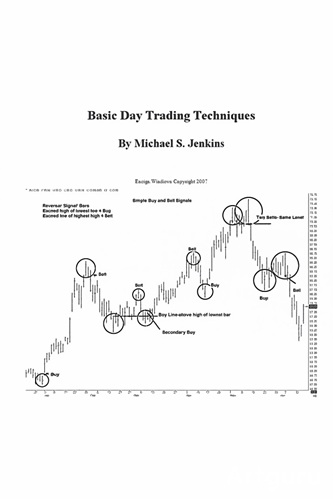
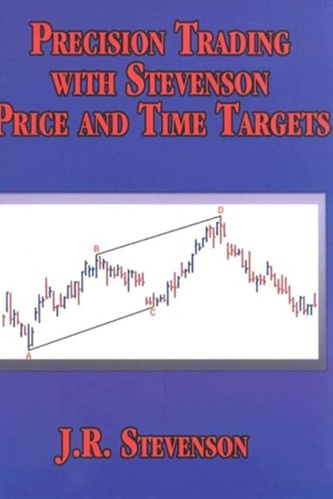
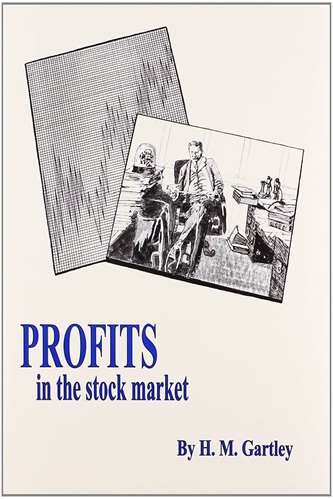
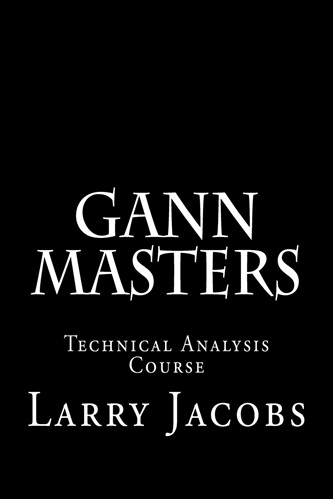
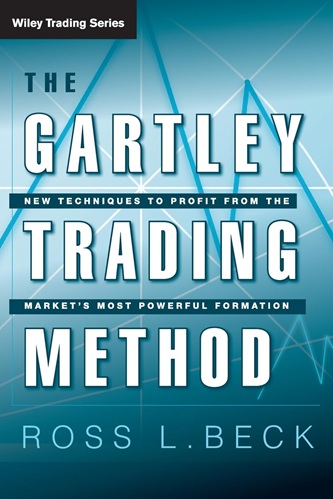
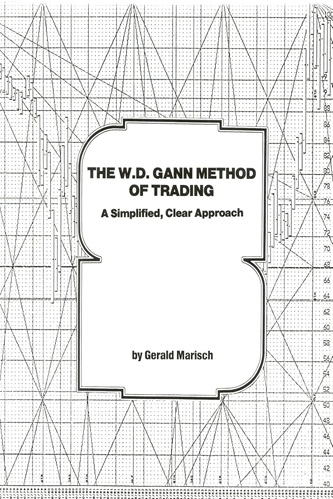
Kaison Barker (verified owner) –
excellent. All the information you could possibly want.
Jianna Trejo (verified owner) –
As the title says it all, it is a vast encyclopaedia of various chart patterns analyses. The in-depth and uncompromising detail with which the author has written this book is definitely worth it. Just by the content, one can realise the painstaking effort Thomas N Bulkowski has put into it. It is presented and explained in a very methodical and comprehensive manner. The statistical research that has been conducted to derive conclusions are very exhaustive. People seeking entertainment and some quick fixes will have to look elsewhere as this is heavy material and has to be digested page by page.
The beauty about this book is that each pattern has a snapshot and a section dedicated to the statistical possibility of the future. This includes the success rate/failure rate, the extent of success/failure, ideal holding time, best method to trade the pattern, and how it fares in bull/bear markets. This book is an invaluable resource for:
• Intermediate/Serious traders (Swing and Positional traders)
• Hedge Fund and portfolio managers
• Technical research analysts
• Stock trading advisors
• Libraries
Those who like back-testing technical strategies will find it most useful as this is a ready-made model to work with. It could lay the basis for your own research work or at least enlighten you in some ways.
Princess Esquivel (verified owner) –
This is a very good book about “Technical Analysis”, objective and honest. Bravo and thanks to Mr Bulkowski.
Miley Goodwin (verified owner) –
Great! I have used it to trade stocks in Hong Kong and make profit by identifing any chart patterns. Although the book is too wordy, the patterns identification rlue is helpful.
Rio Eaton (verified owner) –
The book must be the ultime “bible” for anyone interested in technical analysis and Bulkowksi made a “monk” job. I am very grateful for this book that can be used as an encyclopedia during the analysis of charts. More than any of my(many) books it is value for money!.
Remington Rangel (verified owner) –
I have searched for quite some time for a definitive text on the subject of charting…most of the books show general patterns that are bland regarding your ability to translate the chart pattern into trading profits…And here is the distinctive difference with Thomas Bulkowski’ book…he has well researched statistical behavorial patterns and expectations for these charts…so not only are they described…but their behavior patterns are tracked giving great insight on what to anticipate for future stock pattern trading performance…I recomend this book…
Wesson Browning (verified owner) –
I highly recommend Bulkowski’s excellent book. I first came across it while killing some time in a bookstore and couldn’t put it down. His research was rigorous, and his reporting comprehensive and easy to understand. Anyone trading on the basis of visually identified chart patterns should not think twice about buying this book–it is a must have for their trading arsenal.
Finnley Vaughan (verified owner) –
For years the “experts” have been regurgitating the same old stuff with respect to chart patterns, “This is what a double top looks like; This is what a pennant looks like; yada yada yada.” Finally, Bulkowski gives us something we can really use: a book based on actual market testing. Want to know the reliability of the cup-with-handle – look it up! Want to know the likelihood that you will make at least 25% on the breakout of an ascending triangle – look it up! Of course, there are no absolutes in trading, however, this book gives plenty of statistically relevant information that one would be foolish to ignore. I wouldn’t think of trading without it.
Dior Benjamin (verified owner) –
Mr. Bulkowski has done the leg work for all of us that don’t like to backtest yet like to know the odds. Even if you backtest your own systems, it is very hard to backtest patterns like these. I have found it very helpful in my understanding of what makes a good pattern as well. Bulkowski’s work will help you filter through the patterns to find the “best” triangle, or broadening top, or other pattern listed in the text whichever the case maybe. I have a pretty extensive library of trading books since putting on my first trade in 1995. The Encyclopedia of Chart Patterns is always close to my computer. I find it reassuring to double check the pattern I am thinking about trading. This book has helped me make more money.
Finley Hobbs (verified owner) –
I was impressed on the format of this book but keep in mind that the statistics in this book are only from the authors choosen “litmis test” / own research and aren’t concrete examples of the everyday marketplace.. If you take in account that he only covers specific periods of time on his test that the market could have been in a particular trend (ie bull/bear/consolidating) at that time and could be inaccurate stats.. Basically the stats are not based off a complete database of the market and are not done with consideration of the trend (correct me if I’ve misread)..
I have not yet applied these priciples to the market I am still learning tech. analysis.. It is one of the better books on the subject.. Although hypathetical the “Sample Trade” and “Trading Tactics” sections are very helpful in developing a trading strategy..
It is maybe an intermediate book not really for beginers in that it is very technical without a lot of explanation on how to best use the book.. A beginer can how ever learn to work around this should he/she read the sample trade and trading tactics sections.. I thought their should have been explanations on decipering what type of time frames were looking at on the actual chart diagrams of the chart patterns as differnt time horizons give different patterns..
I came to this section to view what other peoples opinions were on this book to get a leg up on my readings and ending up writing a review myself because there were no reviews..
You will learn how to:
*Identify the leading chart patterns and recomodations of applying them
Don’t get this book if you plan on using it solely to pick stocks with.. You will not learn a trading system from just this book..
Nancy Pace (verified owner) –
After reading Tom’s article in the recent Technical Analysis of Stocks and Commodities magazine, I knew I had to see his book. Finally it seems that someone is actually testing chart patterns for success/failure rates.
While his definitions for the patterns and for the failure rates are subjective, they are at least consistent and allow for a base line for comparison with any future studies. This, in itself, sets it apart from anything previously published. With definite rules, one can’t look back at a pattern in hindsight and claim something different (as is too common among chartists).
I’d still love to sit and pick his brain over some specifics, but I see it as a tremendous leap in the level of what is available on chart patterns and their predictability.
The amazingly low failure rates listed on some of the patterns are based on entry *after* a breakout of the pattern. The “too good to be true” aspect of this is then greatly tempered by the relatively great distance this puts one from the recommended “stop” levels.
It will take some testing of my own to learn what kind of “expectancy” can be dragged out of these numbers. It will also be fun to learn whether the stats hold for intraday charts.
His emphasis on the rates of “pullbacks” and “throwbacks” (and definitions of same) was a surprising and valuable bit of added information. With the right indicators, this knowledge just might find one some significantly safer entry points with closer stops.
One thing that stumps me is the absence of the opening prices on the bars of the charts. Did I detect a bias against candlesticks?
I haven’t been at this long enough to have enough data to even know if this charting and technical analysis stuff can really be made to work long term, but this book should at least make it a lot more fun to find out. Sure must have been a lot of work.
Bridger Solomon (verified owner) –
There are many flaws to this book & most of them Bulkowski admits. The first is the sample is cherry picked based on fundamentals which TB never gives out. The second is that while TB is obviously familiar with stats (he mentions the terms freq distribution & population enough that at least a passing idea of them is true) he dwells on the sample of 500 stocks over 5 years and gives us a population of X. Well that’s a bit bogus as most PATTERNS take longer than a day to create (forget this hanging man thing, it’s minor) so if you average out the span of a pattern creation, which is the true size of a sample not the one day of data, that he is using. Finally this books data was from only one market, a baby bull market, whether the stats quoted would hold up in a bear or a mature bull is questionable. I for sure wouldn’t be able to extrapolate that based on what’s given.
I’d recommend the source instead, Edwards & Magee, Technical Analysis of Stock Trends & for those interested in indicators/gann/elliott waves, Connie Browns Aerodynamic Trading.
On the plus side, it is very complete though the kook-sounding review about trendlines and support has a point; a lot of TB’s work could have been done with Fib Retracement levels. Still if you are really into patterns you cannot pass it by though realize it’s a starter in your analysis not a complete foundation. The ‘Sample Trade’ section is a real waste; there is not enough information other than pattern formation for you to do your own analysis. If you read the Identifcation section and the first summary paragraph you probably have gotten all you need out of the 46 chapters and saved yourself a lot of time.
Saint Torres (verified owner) –
Whether you are a novice or experienced technician, the Encyclopedia of Chart Patterns is a much needed reference.
I have read many of the “best” books on Technical Analysis, and ALL of them pass off unsubstansiated market folklore as competent, rigorous analysis. This book actually makes an attempt to prove some of its claims with evidence, making it a stand head-and-shoulders (forgive the pun) above the rest.
Bulkowski does an excellent job of describing various formations, providing performance statistics, such as percentage of correct and failing trades, average gains (or declines) and most likely gains or declines.
No book is perfect–I could think of a number of ways to improve the it: 1) some stats on inter-rater reliability–could several chartists see these formations using these rules, and do they come to the same conclusion (bullish, neutral, bearish)? 2) Do chart patterns work better on different types of stocks (large vs. small cap) or sectors 3) how important is the market (or sector) trend when evaluating a pattern? Should bearish patterns be given less weight in a rising market? Testing the patterns over several market cycles would also help. The scope for creative, individual research is endless.
I would hope this book sets a new standard in the technical analysis literature–actually trying to provide some quantitative evidence for theories.
Market technicians, who are always looking for respect from fundamentally oriented traders, should follow Bulkowski example and become more scientific in their approach.
Mylah May (verified owner) –
There was a lot of stuff in this book I didn’t need to read, but I suppose it would help out other people. I just got it for the last 5 pages! Take what you need out of it and ignore what you don’t. It is a reference book, and it is up to you to decide if you can use it, and how to use it. Personally I prefer Candlesticks, and got a lot more out of the book “Japanese Candlestick Charting Techniques” by Steve Nison, which is not for everyone, but depends on what type of trading you are doing.
Myra Huff (verified owner) –
This book has provided me with excellent information as to the value of any given chart pattern, and has done so in a manner that I can easily understand.
Cairo Santana (verified owner) –
First edition of 3 but still great.